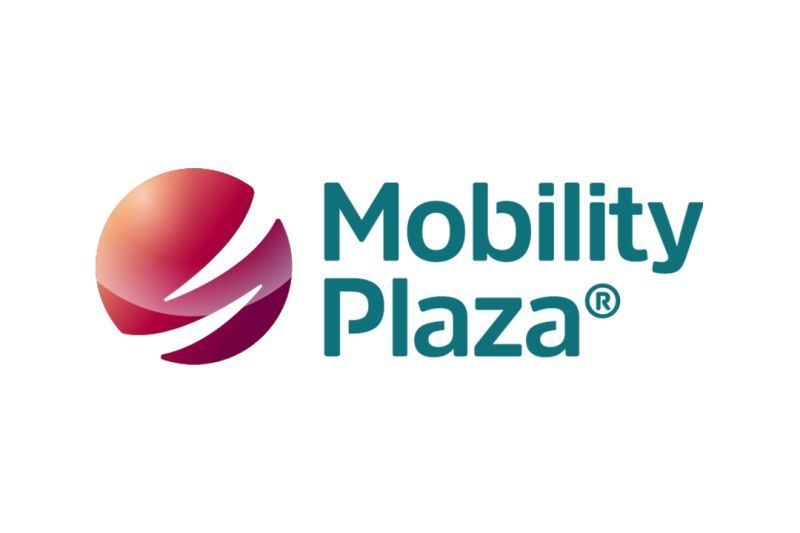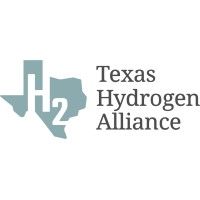Airbus is Developing Cryogenic Tanks and Fuel Cell Engines to Support Hydrogen-Powered Planes
)
Airbus is developing cryogenic hydrogen storage tanks for future liquid hydrogen-fuelled aircrafts. The final objective is to have a tank ready to install in the A380 demonstrator by 2026-2028.
Airbus said in a statement that in its simplest terms there are two main technologies that enable aircrafts to be powered with hydrogen: You can power an engine with hydrogen combustion through modified gas turbine engines and use hydrogen fuel cells to generate electrical power. A hybrid approach uses a mixture of both technologies.
Regardless of the option employed, liquid hydrogen can only be stored at -253 degrees Celsius and needs to be kept at that temperature consistently throughout the whole flight.
Therefore, tanks for hydrogen-fuelled planes are a vital component. However, they are very different to ones found on conventional aircrafts.
Airbus has established Zero Emission Development Centers (ZEDCs) in Nantes, France, and Bremen, Germany where the tanks will be developed and manufactured.
Bremen is close to Ariane Group and Airbus Defence and Space, both with extensive experience working with hydrogen, and Nantes has considerable expertise with metallic structures. The tank is manufactured in Nantes, and the coldbox, which takes care of the gasification of the liquid hydrogen, is produced in Bremen.
This tank isn’t just technologically advanced, it marks a clear departure from established procedures. The teams chose a co-working development strategy, embracing an agile and dynamic working methodology, whereby teams can innovate, test, fail and adapt in order to advance quickly.
This speed is highlighted by the progress made at the site in Nantes, where the team took an empty warehouse and built the first cryogenic hydrogen tank ever produced at Airbus in a little over a year.
The steps to bringing this new technology to market are as follows:-
- Engineers design the cryogenic hydrogen tanks on software in Toulouse.
- These designs are passed onto the teams in Nantes and Bremen, who review them and explore the process for manufacture.
- Once the design is agreed, the first prototype tank—which is tested with nitrogen, not hydrogen—is developed. This is where Airbus is now.
The insights and testing data is collated, and goes into the design of a second prototype, to be filled with hydrogen. Airbus is looking in particular at maximizing space, improving performance, and simplifying the manufacturing process. Work on the second tank is already underway and will take around another year to build and test.
Branching Out to Fuel Cell EnginesThe aircraft manufacturer announced on 30 November that it will be developing a fuel cell engine, proceeding with its plans to introduce hydrogen-powered commercial aircraft by 2035.
This marks the first time the planemaker has branched out directly into developing engine technology. Zero-emission project head Glenn Llewellyn said it would not necessarily go it alone if the system were to be deployed.
Jet engine makers Rolls-Royce, General Electric, Safran, and Pratt & Whitney (RTX.N) are among its biggest suppliers.
On 28 November Britain’s Rolls-Royce said it has successfully run an aircraft engine on hydrogen, a world aviation first that marks a major step towards proving the gas could be key to decarbonising air travel.
The ground test, using a converted Rolls-Royce AE 2100-A regional aircraft engine, used green hydrogen created by wind and tidal power, the British company said on Monday.



)
)
)
)
)
)
)
)


)
)
)
)
)
)
)
)
)
)

)
)
)
)
)
)
)
)

)
)
)
)
)
)
)

)
)
)
)
)

)
)

)
)
)
)
)
)
)
)

)
)
)
)
)

)
)

)
)
)
)
)
)
)
)


)
)

